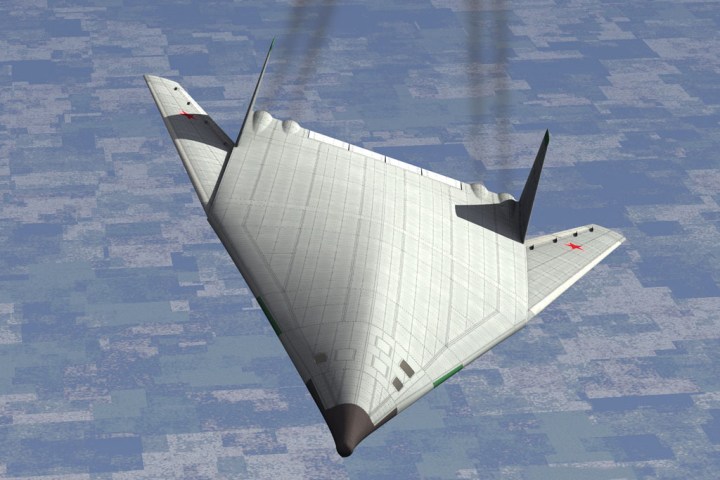
Called the PAK-DA strategic bomber, the hypersonic aircraft — which won’t be visible to radar — could take to the skies within the next half-decade, after successful prototype engine tests were completed recently.
“Right now we are reviewing the [craft’s] nuances, which will take approximately one year,” said Sergei Karakayev, commander of Russian Strategic Missile Forces, as reported by news outlet Observer. “Once we agree on the plans, we will start building the engine itself. In the second year of development — 2018 — we will build the hardware. Perhaps I am rushing things, and some issues may arise, but by 2020 we should have a fully-functioning product.”
The Russian stealth bomber will reportedly burn traditional kerosene fuel while flying in Earth’s atmosphere, although it will run on methane and oxygen while in space — which explains how it would be able to fly in an atmosphere where air isn’t exactly in ready availability. Running these two fuel types will require two engines — one engine for the airplane and the other for the spaceship — which will be combined within the bomber’s engine setting.
Originally it was claimed that the new aircraft was being designed for delivering supplies to an international orbit station, although it seems that somewhere along the R&D journey ambitions have changed.
This isn’t the only military Russian breakthrough we’ve heard about recently. It has also been reported that Russia is set to load up both manned planes and unmanned combat drones with the capacity to destroy the electronic equipment in hostile aircrafts. These will reportedly arrive in 2025.


